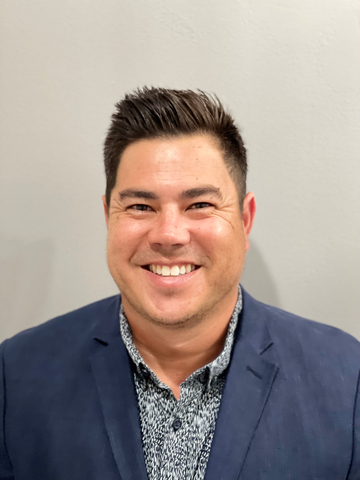TAUNTON, Mass.– Harpak-ULMA announced the expansion of its North American initiative to help medical device manufacturers improve their flexibility and operational packaging performance in response to skilled labor disruptions and related potential quality concerns.
Building upon its 2018 launch of a multi-year, multi-phase technology roadmap to bring digital transformation to its customers, Harpak-ULMA is scaling up its deployment of smart, connected packaging platforms that leverage Augmented Reality experiences, real-time performance and quality monitoring digital twins, and sophisticated pre- and post-primary packaging robotic automation.
While individual packaging solutions are largely defined by the characteristics of the device, degree of protection required, and overall solution cost, we are empowering medical device packagers to capitalize on an evolving variety of advanced packaging and sterilization concepts, as well as smart, connected machines, and sophisticated automation such as Collaborative Robots (Cobots), said Kevin Roach, President and CEO of Harpak-ULMA.
Roach also announced the appointment of Nick Kirichkow to lead the initiative as medical device product line manager. “Nick’s extensive experience in medical device process engineering, based on his past roles with leading medical device companies such as Baxter and Abbott, afford him intimate knowledge of the challenges and needs of the medical device industry.”
“Smart, connected packaging platforms help medical device packagers do more and go faster under adverse and rapidly changing conditions, such as those recently introduced by the pandemic,” Kirichkow said. “The agility and flexibility that smart, connected operational models deliver have been highlighted by the dramatic marketplace upheavals wrought by the COVID-19 pandemic.”
“While manufacturers are seeking a degree of operational normality, those that continue to rely on past operating practices may find themselves rapidly losing competitive ground. Smart, connected packaging platforms, combined with advanced automation, help producers more easily adapt to new, shared realities: they are easier and faster to integrate, maintain, scale, or repurpose,” he said.
Harpak-ULMA recently announced that it is embedding Augmented Reality (AR) capabilities for service instructions, staff training, and remote support in its platforms. “Harpak-ULMA’s combination of market and technological expertise is a powerful advantage. Unfortunately, too many medical packaging operations suffer from inflexibility, data inconsistency, duplicated work, rigid processes, and poor scalability,” Kirichkow said.
“While COVID-19 highlighted those limitations, it also accelerated adoption of digital and automation-focused technologies that reduce the risks associated with manual-labor dependency and process variations. Skilled labor availability continues to be a top-named issue for manufacturing executives, so advancements in more sophisticated vision and robotics systems are putting such end-to-end automation solutions squarely in executives’ crosshairs when scaling packaging operations. Harpak-ULMA saw significant success deploying such capabilities to help companies meet the explosion in pandemic-driven demand for medical kits and syringe packaging,” he said.
Kirichkow emphasized Harpak-ULMA’s strengths in process controls and process monitoring, both of which create tremendous value for medical device companies. “Process Controls such as vision Inspection (for product and printing), in-package product height detection, and automatic rejection are highly-valued capabilities in medical device packaging operations. Process monitoring enhances real-time visibility by enabling trending and alerts for critical parameters and supporting track and trace requirements – both of which improve overall data integrity. Calibration is another key OEM value add. Machines that arrive pre-calibrated with access points for routine calibration are highly desired,” he said.
Roach expressed his high expectations for Kirichkow’s critically important role. “Nick brings a demonstrated level of expertise and leadership, as well as strong focus, to this important initiative.” Roach elaborated, “The demand for specialized and smart packing solutions is exploding, driven by a few key market developments: an increasing patient population with acute and chronic ailments, rising healthcare infrastructure expenditures, and the rapid pace of technology advancement in medical devices. It’s also important to recognize rising environmental concerns, which drive a need for more eco-friendly packing solutions. All of these create significant demand for the kind of innovative packaging solutions at which we excel.”


